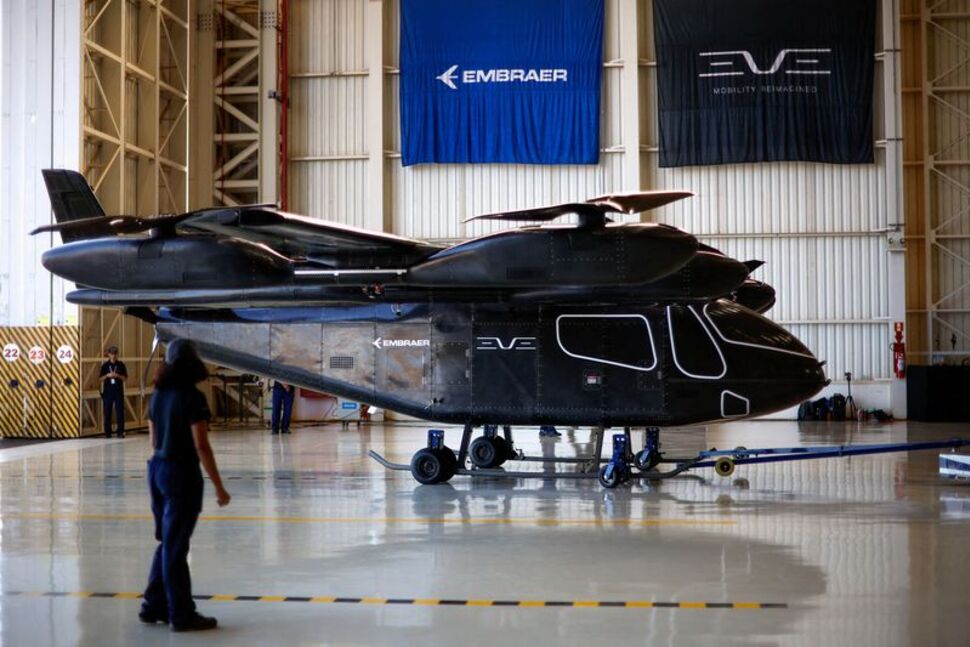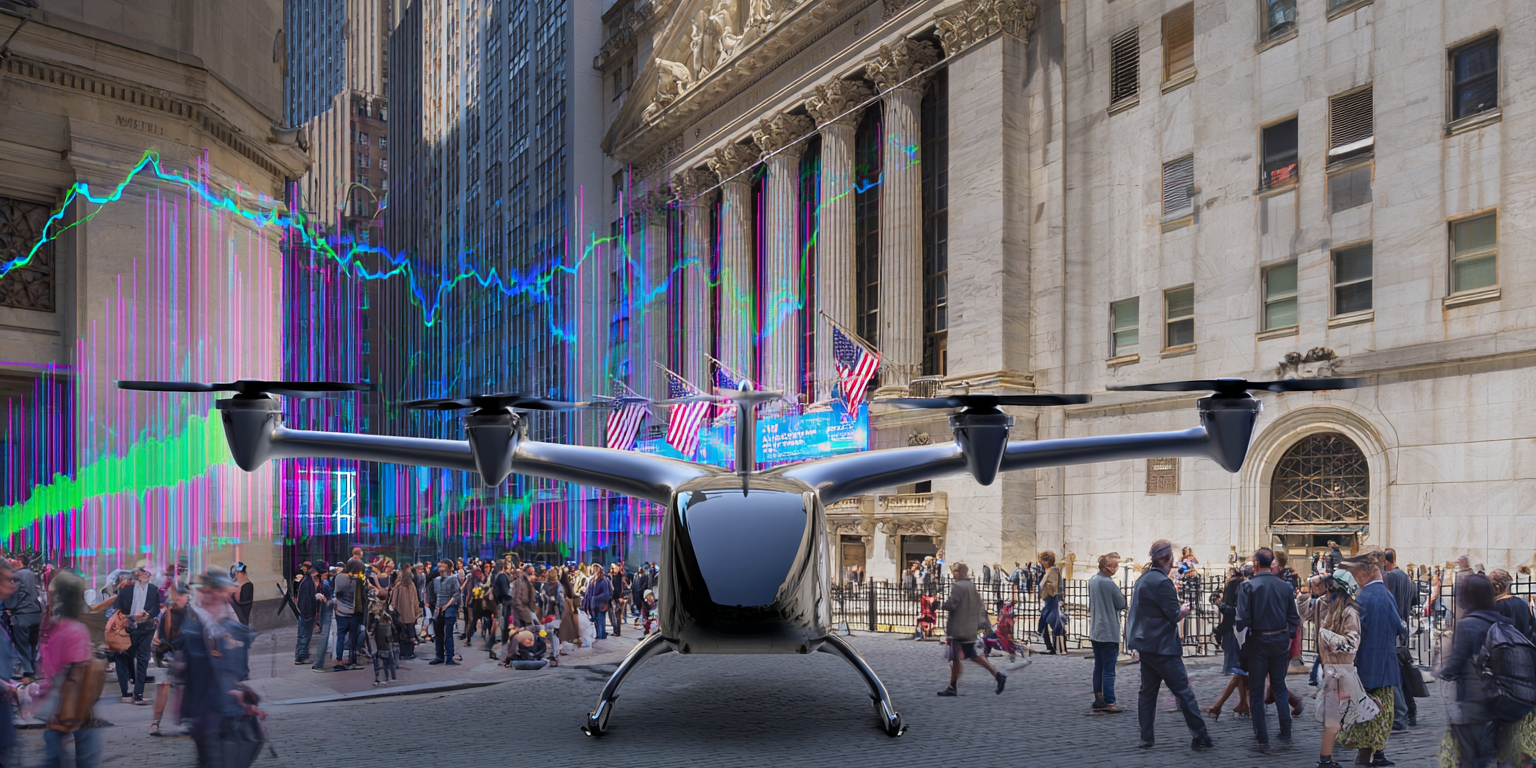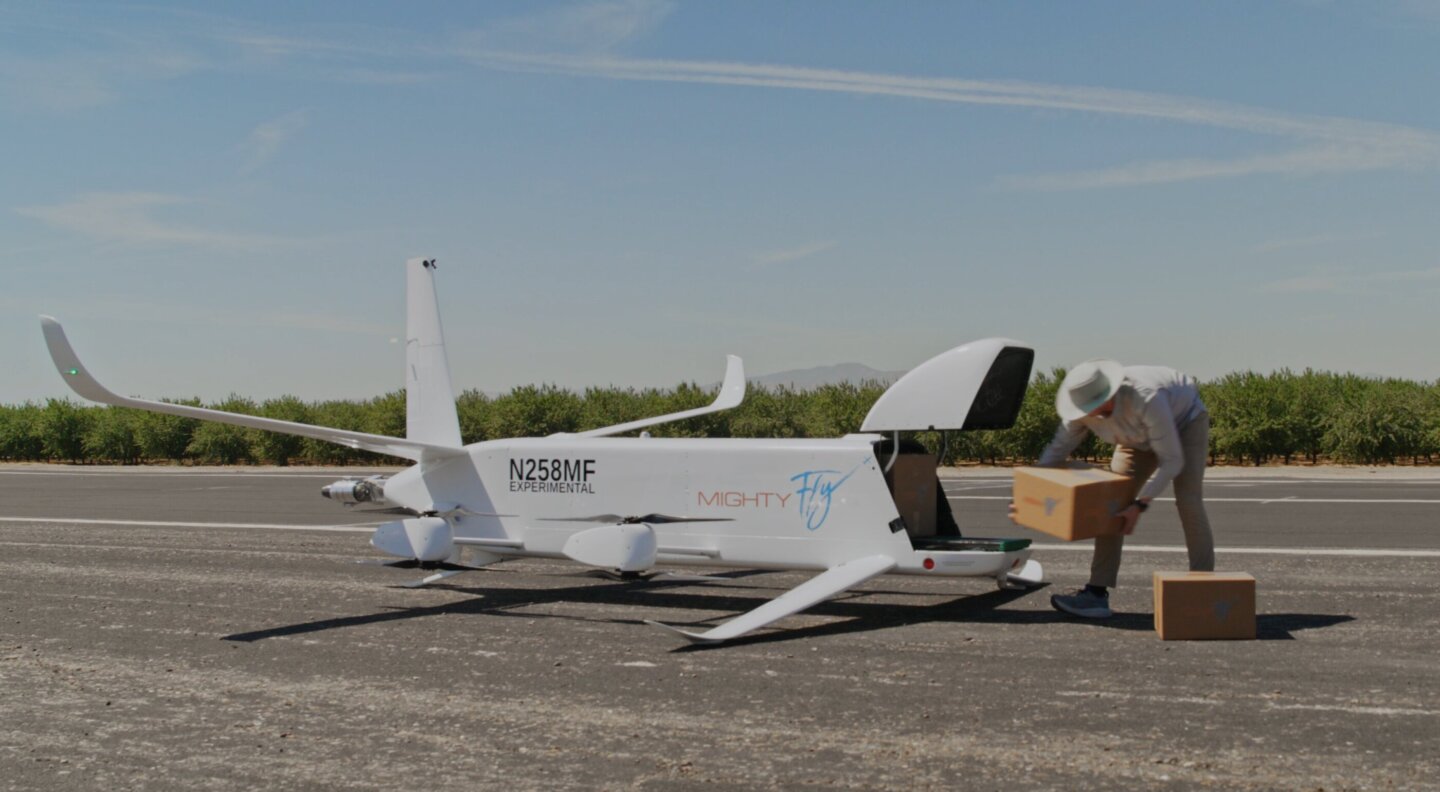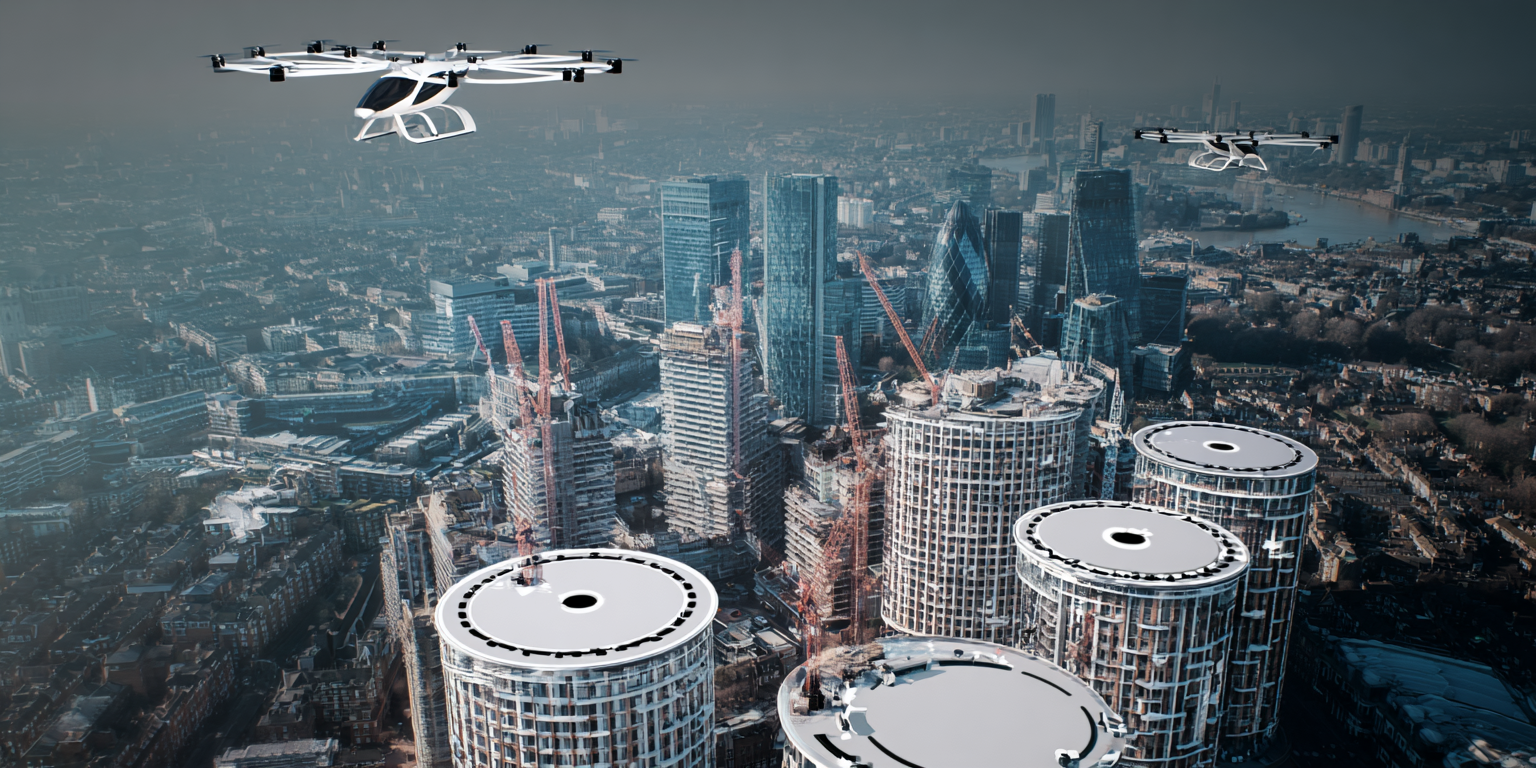
Brazil’s ANAC sees realistic path to certify Embraer’s Eve eVTOL by late 2027
Brazil’s aviation giant Embraer, through its electric aircraft subsidiary, Eve, is well-positioned to capture a significant market share in the rapidly expanding urban air mobility industry. With 2,900 confirmed orders representing $14.5 billion in potential revenue, Eve’s methodical approach to certification reflects both the opportunities and complexities facing this nascent market.
The recent discussions between Eve and Brazil’s civil aviation regulator, ANAC, illuminate the delicate balance between the urgency of innovation and safety certification. While Eve maintains its 2027 service entry target, ANAC president Tiago Faierstein has expressed clear intent to accelerate accreditation to 2026. This regulatory enthusiasm positions Brazil as a potential leader in global eVTOL deployment, offering Eve distinct advantages over competitors navigating more conservative regulatory environments.
Current Industry Landscape and Certification Progress
The eVTOL industry underwent significant reshuffling during 2024 and early 2025. Joby Aviation has emerged as the certification front-runner, currently progressing through Stage 4 of FAA certification with over 50% completion on the company side and expecting Type Inspection Authorization flight testing within the next 12 months. This represents the most advanced certification program globally, with Joby completing its first FAA testing under TIA in December 2024.
Meanwhile, the industry witnessed a significant setback when Lilium, once considered a leading contender, filed for insolvency in November 2024 after burning through $1.1 billion in funding without securing additional investment. The German company’s collapse highlights the financial challenges facing eVTOL developers, particularly those pursuing complex technical approaches, such as Lilium’s 36-ducted-fan configuration.
Archer Aviation has demonstrated impressive progress with its Midnight aircraft, surpassing 400 test flights by September 2024 and achieving successful transition flights where the aircraft converts from vertical to horizontal flight modes. The company recently reached a record altitude of 7,000 feet during testing, proving operational capability well above typical urban flight corridors of 1,500-4,000 feet.
Eve eVA Technical Specifications and Design Philosophy
Eve’s eVA represents a deliberately conservative yet practical approach to eVTOL design. The aircraft accommodates four passengers plus one pilot, utilizing eight dedicated rotors for vertical lift and two rear-mounted pusher propellers for forward flight. This lift-plus-cruise configuration eliminates the mechanical complexity of tilting rotors or wings, potentially simplifying both certification and maintenance requirements.
The aircraft targets a 60-mile range operating at cruise speeds around 125 mph, positioning it optimally for urban air taxi routes where quick point-to-point transportation provides clear advantages over ground traffic. Eve’s design prioritizes passenger comfort, featuring large windows that offer panoramic views and spacious cabin layouts comparable to those of premium helicopters.
Safety systems incorporate multiple redundancies across all critical components to ensure reliability and ensure that critical components are protected. The eight-rotor configuration ensures continued flight capability even in the event of multiple motor failures. Eve’s approach leverages distributed electric propulsion principles, where numerous smaller motors and propellers provide inherent fault tolerance compared to traditional single-engine aircraft.
The company has recently unveiled its first full-scale prototype, incorporating lessons learned from extensive wind tunnel testing and computer simulations. This methodical development process, backed by Embraer’s 55 years of aerospace certification experience, contrasts sharply with the more aggressive timelines pursued by some competitors.
Competitive Analysis and Market Positioning
The global eVTOL market, valued at $4.2 billion in early 2025, is projected to reach $39 billion by 2033, representing a compound annual growth rate (CAGR) of more than 35%. This explosive growth attracts established aerospace companies, automotive manufacturers, and well-funded startups, each pursuing different technical approaches and market strategies.
Joby Aviation leads certification progress with its S4 aircraft featuring six rotors in a tilt-rotor configuration. The aircraft promises 150-mile range and 200 mph cruise speeds, targeting premium air taxi markets in major metropolitan areas. Joby’s partnership with Toyota provides both manufacturing expertise and substantial funding, while agreements with Delta Air Lines ensure immediate market access upon certification.
Archer Aviation’s Midnight aircraft represents another tilt-rotor approach, designed for shorter urban routes with a 60-mile range and speeds around 150 mph. The company benefits from manufacturing partnerships with Stellantis and operational agreements with United Airlines, providing clear paths from certification to commercial deployment. Recent flight testing achievements, including successful transitions and high-altitude operations, demonstrate the program's growing technical maturity.
Vertical Aerospace’s VX4 features a unique tilt-wing design, promising a 100-mile range and speeds of up to 150 mph. However, the company has faced development challenges, including a prototype crash in 2023 and subsequent delay, which has pushed certification to 2028. Despite accumulating approximately 1,500 preorders, Vertical’s technical setbacks highlight the risks associated with complex mechanical configurations.
Beta Technologies adopts a unique approach with its Alia platform, targeting both passenger and cargo markets through conventional takeoff and landing variants, as well as eVTOL versions. The company’s 250-mile range and focus on cargo operations appeal to logistics providers like UPS, which has committed to purchasing aircraft for package delivery applications.
EHang represents the autonomous eVTOL approach with its EH216-S receiving full certification from Chinese authorities in 2023. The two-passenger aircraft operates without onboard pilots, controlled entirely by ground stations. While certified for commercial operations in China, EHang faces significant regulatory hurdles for international expansion, particularly in Western markets, where pilotless passenger aircraft remain a controversial topic.
| Aircraft Model | Configuration | Passengers | Range (miles) | Speed (mph) | Power Source | Certification Status |
| Eve eVA | Lift + cruise | 4 + pilot | 60 | 125 | Battery | Brazil certification 2026-2027 |
| Joby S4 | Tilt-rotor | 4 + pilot | 150 | 200 | Battery | FAA Stage 4, targeting 2025 |
| Archer Midnight | Tilt-rotor | 4 + pilot | 60 | 150 | Battery | Testing phase, 400+ flights |
| Vertical VX4 | Tilt-wing | 4 + pilot | 100 | 150 | Battery | Delayed to 2028 |
| Beta Alia A250 | Lift + cruise | 5 total | 250 | 138 | Battery | FAA certification 2026 |
| EHang EH216-S | Multirotor | 2 passengers | 22 | 81 | Battery | Certified in China 2023 |
Brazil’s Strategic Advantages and Market Challenges
Eve’s Brazilian origins create both compelling advantages and unique challenges in the global eVTOL market. Brazil’s regulatory environment appears more accommodating than traditional aviation authorities, with ANAC demonstrating unusual enthusiasm for accelerating certification timelines. This regulatory support could provide Eve with operational experience and safety data unavailable to competitors still navigating more conservative approval processes.
The Brazilian market itself offers attractive characteristics for initial eVTOL deployment. Major cities like São Paulo and Rio de Janeiro suffer from severe traffic congestion, creating strong demand for aerial alternatives. Existing helicopter infrastructure provides a foundation for vertiport development, while Brazil’s growing middle class represents an expanding customer base for premium transportation services.
However, international expansion presents formidable challenges. Each primary market requires separate certification processes, with FAA and EASA approval typically taking years longer than ANAC certification. Eve must establish local partnerships for operations, maintenance, and customer support across diverse regulatory and cultural environments. The company’s Brazilian manufacturing base also creates potential supply chain complications for global deployment.
Currency fluctuations and economic instability in Brazil could impact Eve’s cost structure and international competitiveness. While local operations benefit from favorable exchange rates, international customers may prefer suppliers with more stable financial foundations. Eve’s strategy of leveraging Embraer’s global presence helps mitigate these concerns; however, significant challenges remain.
Infrastructure Requirements and Operational Economics
The success of urban air mobility depends heavily on infrastructure development beyond aircraft certification. Vertiports require substantial investment in prime urban real estate where land costs are highest. These facilities need rapid charging capabilities, passenger processing areas, and integration with existing transportation networks. Early operations will likely focus on helicopter-compatible landing sites while purpose-built vertiports develop over time.
Power grid capacity at vertiports represents another critical challenge. Rapid charging of multiple aircraft requires substantial electrical infrastructure, potentially necessitating grid upgrades in urban areas already facing capacity constraints. Eve’s 60-mile range and one-hour charging requirement align well with typical urban air taxi operations, but infrastructure development remains the industry’s primary bottleneck.
Air traffic management systems require complete overhauls to handle hundreds of low-altitude flights in dense urban environments. Current systems designed for traditional aircraft are unable to accommodate the volume and complexity of urban air mobility operations. Eve’s development of integrated air traffic management solutions positions the company to capture additional revenue streams beyond aircraft sales.
Operating economics remain uncertain until commercial operations begin. While eVTOL aircraft promise lower operating costs than helicopters through reduced maintenance and fuel expenses, achieving cost parity with ground transportation requires high utilization rates and premium pricing. Early operations will likely target business travelers and emergency services where time savings justify higher costs.
Future Market Outlook
Eve’s financial backing provides stability through the certification process. Recent funding from Brazil’s state development bank, BNDES, combined with Embraer’s support and strategic investments from United Airlines, BAE Systems, and other partners, creates a more diversified funding base than many of its competitors, which rely primarily on venture capital. This financial stability becomes increasingly crucial as certification timelines extend and development costs escalate.
The company’s 2,900 orders from 30 customers across nine countries represent the industry’s most considerable order backlog, providing clear market validation for Eve’s approach. These conditional purchase agreements, although not guaranteed sales, demonstrate substantial market interest and provide revenue visibility for investors, facilitating effective manufacturing planning.
Market timing appears favorable for Eve’s 2027 entry date. Early entrants, such as Joby and Archer, will likely encounter initial operational challenges and infrastructure limitations, allowing later arrivals to benefit from lessons learned and a more mature supporting ecosystem. Eve’s conservative timeline may prove advantageous if early operations reveal unexpected technical or regulatory complications.
The urban air mobility industry stands at a critical juncture where technical feasibility meets commercial reality. Eve’s methodical approach, regulatory support, and substantial order backlog position the company competitively in this emerging market. Success will ultimately depend on execution during the certification process and the ability to scale operations efficiently once commercial service begins.
Whether ANAC’s optimistic 2026 certification target proves achievable remains uncertain, but Eve’s deliberate development strategy suggests the company prioritizes thorough preparation over aggressive timelines. This approach may serve the company well in an industry where safety and reliability are key to long-term success in transforming urban transportation.



